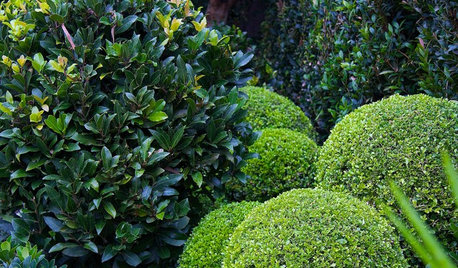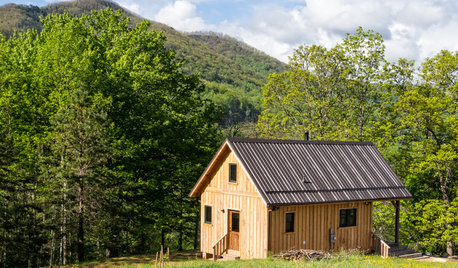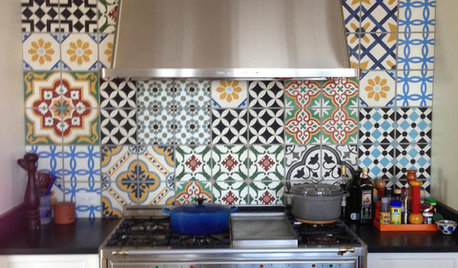should i use only 1 type of groundcover or many?
dkgarber
15 years ago
Featured Answer
Comments (7)
bullthistle
15 years agolast modified: 9 years agoredneck_grower
15 years agolast modified: 9 years agoRelated Professionals
Carlisle Landscape Architects & Landscape Designers · New Bedford Landscape Architects & Landscape Designers · West Milford Landscape Architects & Landscape Designers · La Marque Landscape Architects & Landscape Designers · Farmington Landscape Contractors · Fort Atkinson Landscape Contractors · Fountain Valley Landscape Contractors · Hickory Hills Landscape Contractors · Lees Summit Landscape Contractors · McLean Landscape Contractors · Yukon Landscape Contractors · Vadnais Heights Landscape Contractors · Annapolis Siding & Exteriors · Millburn Siding & Exteriors · Yakima Siding & Exteriorsgardengal48 (PNW Z8/9)
15 years agolast modified: 9 years agoredneck_grower
15 years agolast modified: 9 years agoredneck_grower
15 years agolast modified: 9 years agogardengal48 (PNW Z8/9)
15 years agolast modified: 9 years ago
Related Stories

MOST POPULARThe Many Paths of Design, Part 1
Blame engineering issues, unforeseen revisions or even the Internet. As these diagrams show, it's probably not your fault
Full Story
LANDSCAPE DESIGNGreen-Only Gardens Draw the Eye and Soothe the Spirit
Use plant and foliage variety to create a monochromatic landscape as visually pleasing as it is calming
Full Story
HOUZZ TOURSHouzz Tour: 10 Acres, 3 Generations and Many Animals in North Carolina
Check out a throwback-style cabin that celebrates simplicity, reclaimed materials and family
Full Story
TILESo Many Reasons to Love Cement Tiles
You’ll notice their beautiful patterns right away, but cement tiles have less obvious advantages too
Full Story
KITCHEN APPLIANCESThe Many Ways to Get Creative With Kitchen Hoods
Distinctive hood designs — in reclaimed barn wood, zinc, copper and more — are transforming the look of kitchens
Full Story
HOUZZ TOURSMy Houzz: Many Styles Meld Handsomely in a Vermont Countryside Home
With a traditional exterior, a contemporary interior and lots of Asian furniture, this home goes for the element of surprise
Full Story
GARAGESDesign Workshop: The Many Ways to Conceal a Garage
Car storage doesn’t have to dominate your home's entry. Consider these designs that subtly hide the garage while keeping it convenient
Full Story
ROOFSThis Long-Lasting Roofing Material Works With Many Styles
With their durability and wide range of colors and molded shapes, concrete roof tiles are worth a look
Full Story
FARM YOUR YARDIf You Have Room for Only One Fruit Tree ...
Juice up a small garden with one of these easier-care or worth-the-effort fruit trees for a mild climate
Full Story
HOUZZ TOURSHouzz Tour: Only the Best for a Desert Spanish Colonial
Calacatta marble, Venetian plaster and hand-carved wood create a home awash in luxurious comfort for an Arizona family
Full StoryMore Discussions






redneck_grower